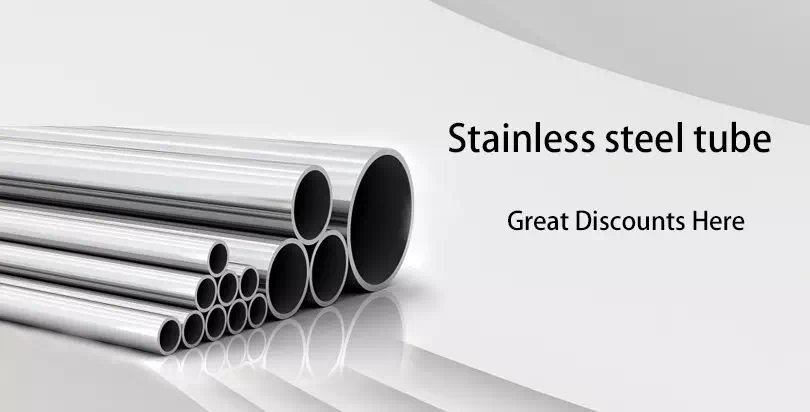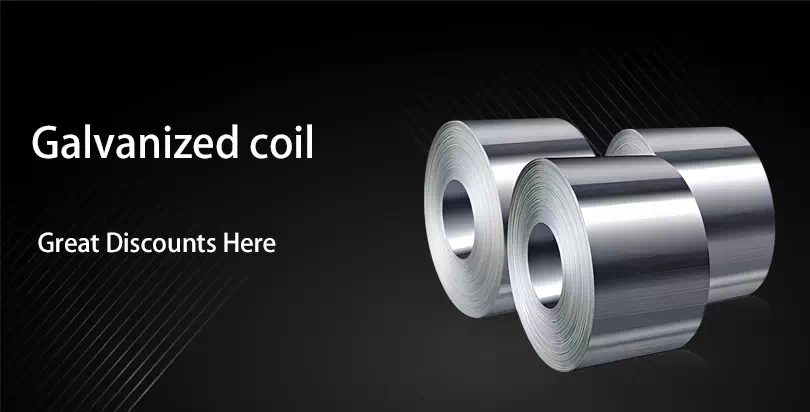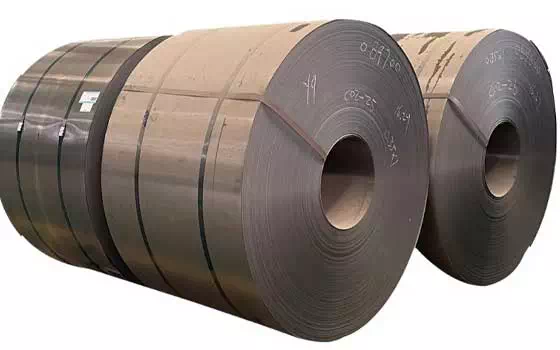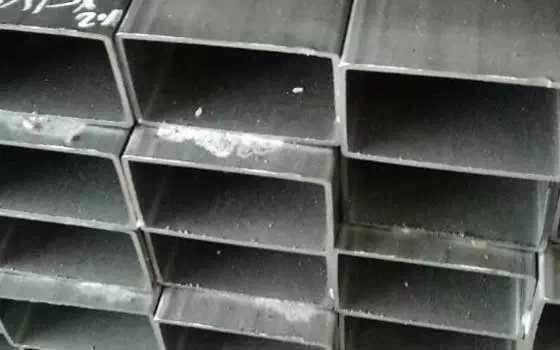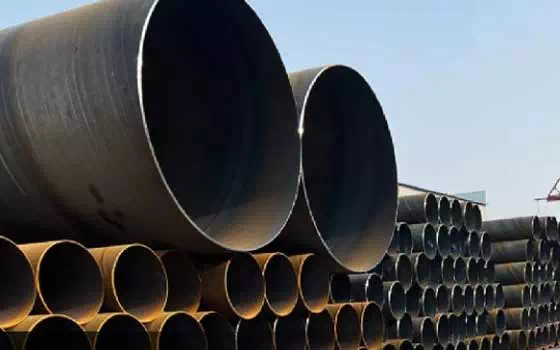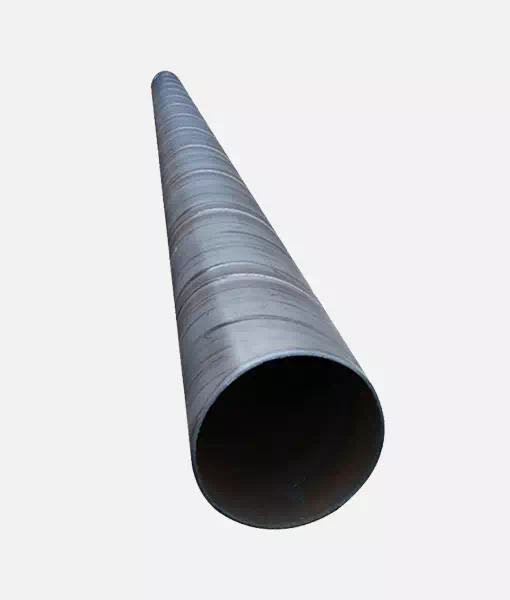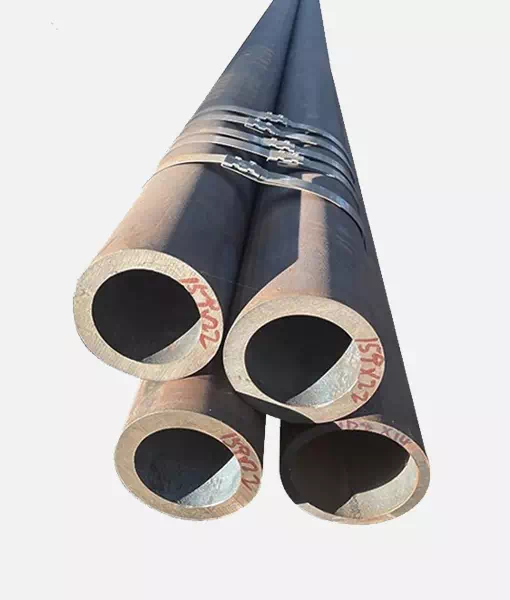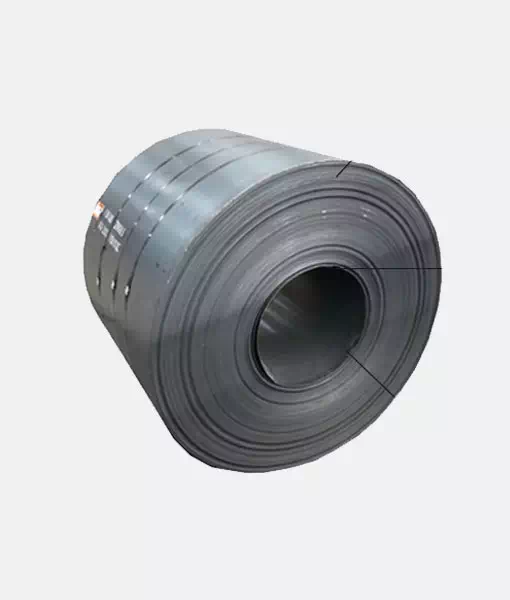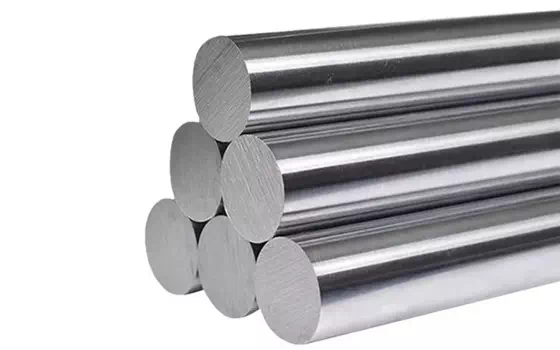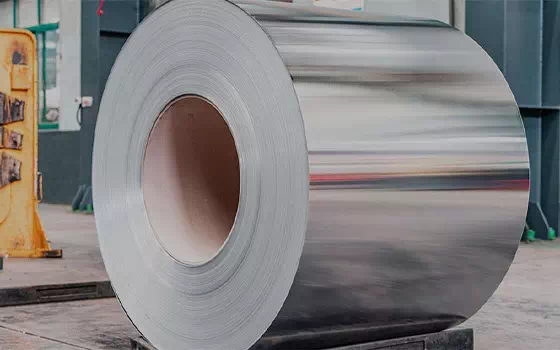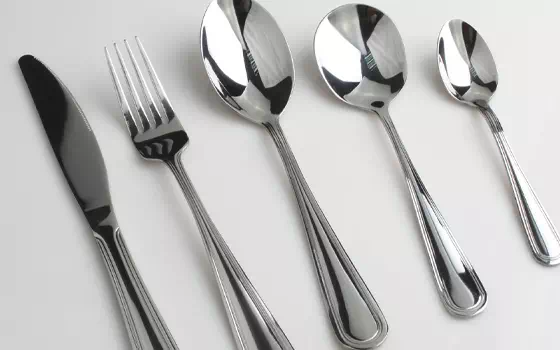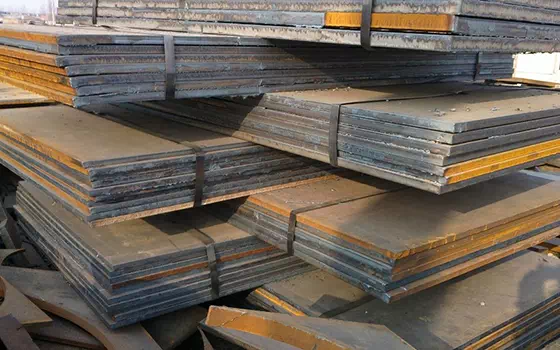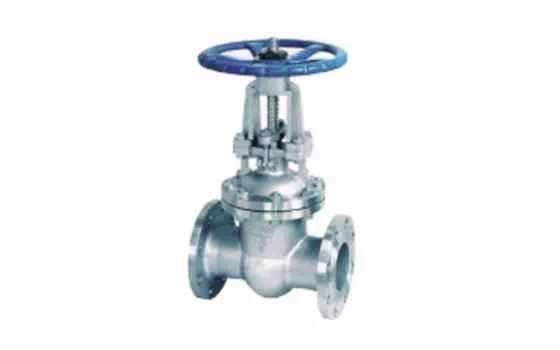Carbon steel has a variety of classification methods, such as according to chemical composition (that is, in terms of carbon content) can be divided into low carbon steel, medium carbon steel and high carbon steel.
Carbon steel has a variety of classification methods, such as according to chemical composition (that is, in terms of carbon content) can be divided into low carbon steel, medium carbon steel and high carbon steel. According to the quality of steel can be divided into ordinary carbon steel and high-quality carbon steel. According to the use, it can be divided into carbon structural steel and carbon tool steel. In addition, it can also be classified according to the smelting method and the guaranteed performance requirements.
Ordinary carbon structural steel, also known as ordinary carbon steel, has wider limits on carbon content, performance range, and phosphorus, sulfur and other residual elements. In China and some countries, it is divided into three categories according to the guarantee conditions of delivery: Class A steel (Class A steel) is a steel that guarantees mechanical properties. Class B steel (Class B steel) is the steel that guarantees the chemical composition. Special steel (Class C steel) is a steel that guarantees both mechanical properties and chemical composition, and is often used to manufacture more important structural parts. China produces and uses the most A3 steel (Class A No. 3 steel) with carbon content of about 0.20%, which is mainly used for engineering structures.
Some carbon structural steels also add trace amounts of aluminum or niobium (or other carbide forming elements) to form nitrides or carbide particles to limit grain growth, strengthen steel and save steel. In China and some countries, in order to meet the special requirements of professional steel, the chemical composition and properties of ordinary carbon structural steel are adjusted, and a series of ordinary carbon structural steel professional steel (such as bridge, construction, rebar, pressure vessel steel, etc.) has been developed.
Classification by carbon content
1) Less than 0.25%C is low carbon steel, especially with carbon content of less than 0.10% of 08F, 08Al, etc., because of its good deep drawing and weldability and is widely used as deep drawing parts such as automobiles, canisters, etc. 20G is the main material for the manufacture of ordinary boilers, in addition, low carbon steel is also widely used as carburizing steel, used in machinery manufacturing.
2) 0.25 ~ 0.60%C is medium carbon steel, which is mostly used in the tempered state to make parts of the machinery manufacturing industry.
3) More than 0.6%C is high carbon steel, mostly used to manufacture springs, gears, rolls, etc., according to the difference in manganese content, it can be divided into ordinary manganese content (0.25 ~ 0.8%) and higher manganese content (0.7 ~ 1.0% and 0.9 ~ 1.2%) two steel groups. Manganese can improve the hardenability of steel, strengthen ferrite, and improve the yield strength, tensile strength and wear resistance of steel. It is usually marked "Mn" after the grade of steel with high manganese content, such as 15Mn, 20Mn to distinguish it from carbon steel with normal manganese content.
The carbon content of carbon tool steel is between 0.65 and 1.35%, and after heat treatment, high hardness and high wear resistance can be obtained, mainly used in the manufacture of various tools, cutting tools, molds and measuring tools (see tool steel).
When the carbon content is 2.11%, it is used as the golden section point of cast iron and carbon steel. Carbon steel before 2.11%. The carbon content after 2.11% is cast iron. The carbon content between 0.0218% and 0.77% is called hypoeutectoid steel, and 0.77% to 2.11% is called hypereutectoid steel. Carbon content of 0.77% is eutectoid steel. With a carbon content of 2.11% to 4.3%, it is called hypoeutectic white cast iron, and with a carbon content of 4.3% to 6.69%, it is called hypereutectic white cast iron. Eutectic white cast iron with carbon content of 4.3%. [2]
Classified by the form present in cast iron
According to the different forms of carbon present in cast iron, cast iron can be divided into: White cast iron (most of the carbon exists in cast iron in the form of carburite), gray cast iron (most of the carbon exists in the form of flake graphite), malleable cast iron (made from white cast iron by graphitizing annealing, in which the carbon exists in the form of cac graphite), and nodular cast iron (after spheroidizing treatment before pouring, the carbon exists in the form of ball or pellet graphite.


